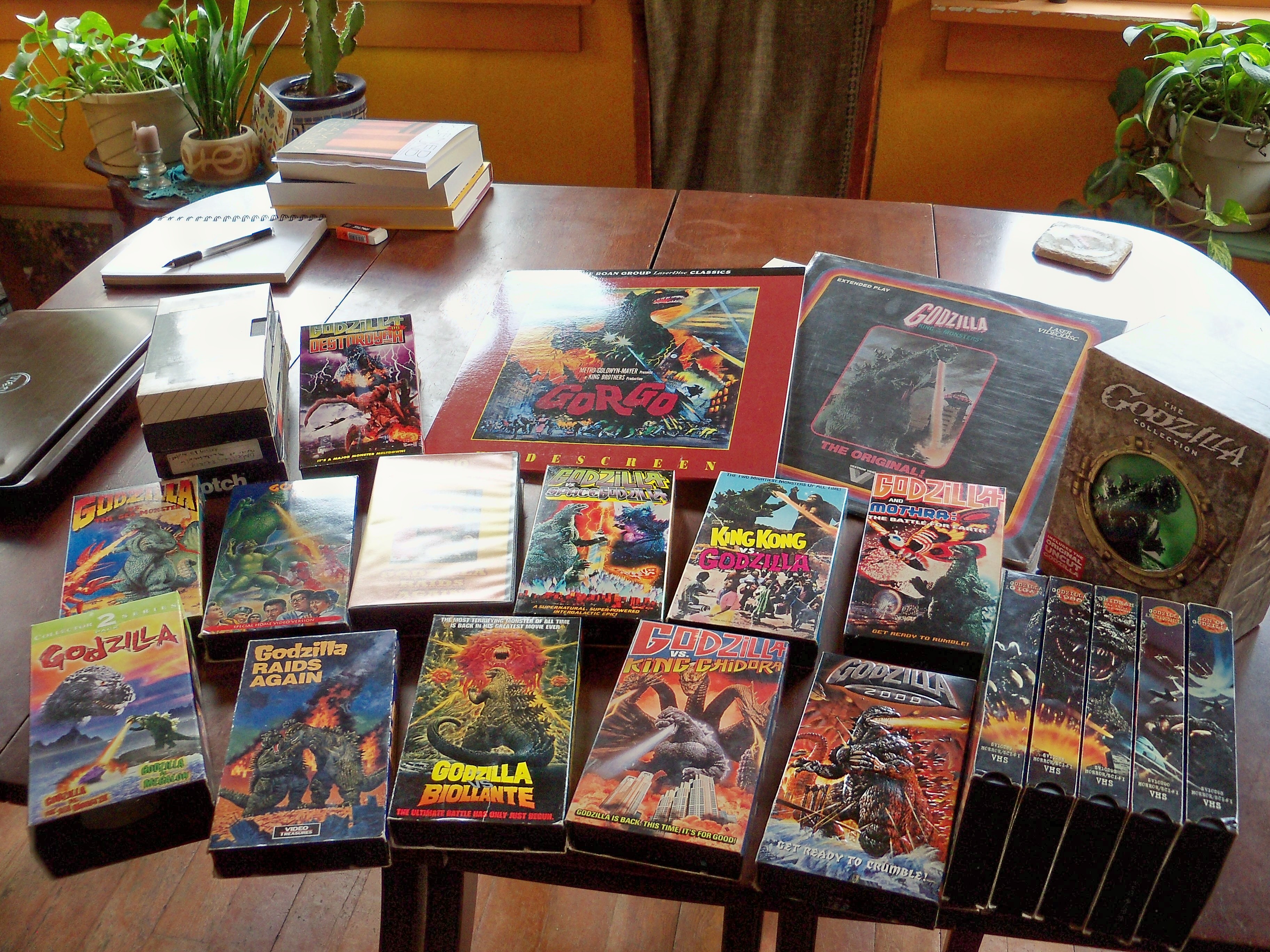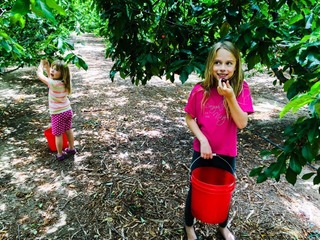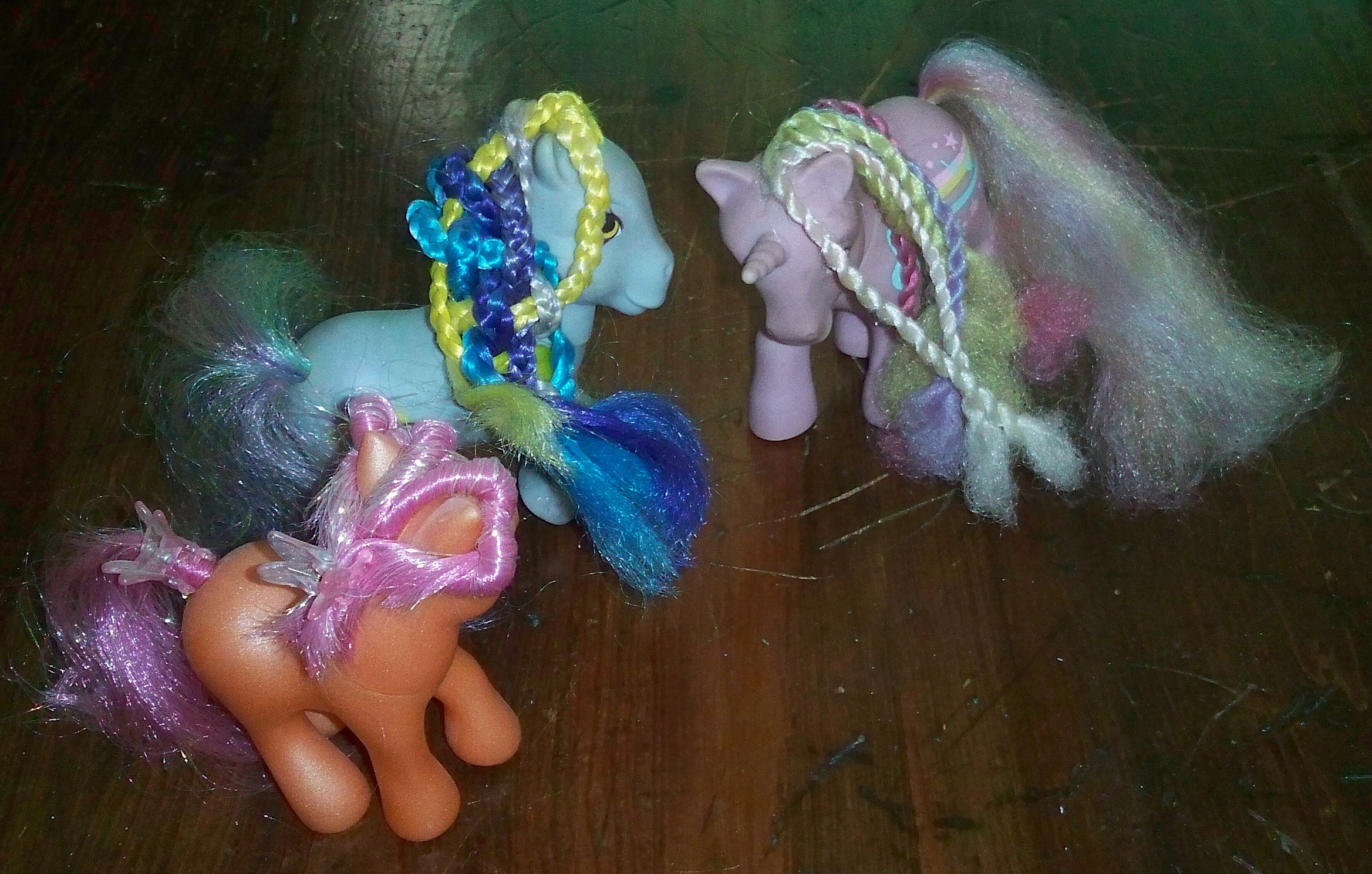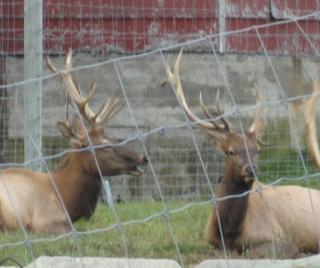photo by Irene Adams
Monday, February 24, 2025
Life, thought and learning
photo by Irene Adams
Saturday, August 28, 2021
Symbolism
Light from the same sun.
Connections!
photo by Sandra Dodd, St. Teilo’s church at St. Fagans Museum
Thursday, June 4, 2015
Completing circuits
photo by Rippy Dusseldorp
__
Friday, December 16, 2011
A million-piece puzzle
The way schools get academics into kids goes against how we're naturally wired to learn. It's very hard for humans to memorize someone else's understanding of the world and then make sense of it. That's why it takes so long in school. It's why kids can "pass" classes and yet still have little practical understanding of what's been pushed in their heads.
 |
Whereas the kids in school have been told what pieces to put where and how to put them in, to drop that interesting piece because it's not part of the curriculum. By the time they hit middle school most are ready to slam the door on the puzzle and have nothing more to do with it.
photo by Sandra Dodd, and it's a link
___
Saturday, December 10, 2022
Bridges and reflections
In this photo, the arches are reflecting and making a round shape. That's always fun. There is also roundness in the tree to the right, and in its reflection in the water. The bank of the river has a rounded edge, and is covered with rounded pebbles.
Others, seeing that, might be thinking of what birds live around there, or other wildlife. If it's someone familiar with the area, they will know where the road goes, maybe who owns the land, and who used to own it before that.
Kids, seeing it, might wonder first "Could we get IN that water?" Wild swimmers (people who like to swim in naturally occurring waters) probably had that thought before any other.
Any scene is many things. The knowledge and perspective of each viewer is different. People spot different things and make their own connections.
photo by Ester Siroky
Thursday, February 20, 2025
King of the Monsters

Sandra Dodd to Deb Lewis:
If I could describe all your writing in just a few words, it might be "Peace, humor and scary monsters." Dylan's life has involved a lot of Godzilla and that ilk. Scooby Doo and Godzilla.Deb Lewis:
Yes, a lot of Godzilla, beginning when he was very little. And then any movie with a monster, or any book about monsters. And then all kinds of horror and science fiction. Godzilla was the gateway monster, though, and it started with a movie marathon on television. I couldn’t have guessed then, when he was three years old, that he would find a lifetime of happiness in horror! And I didn’t know then that his love of monster movies would lead to learning to read and write, finding authors, making connections to other cultures, (and more movies and authors) and connections to music, theater, poetry, folklore, art, history... It turned out to be this rich and wonderful experience he might have missed, and I might never have understood if I’d said no to TV, or to Godzilla, King of the Monsters.
Before Dylan was reading or writing really well, he’d meticulously copy the titles and dates of movies he wanted, and request them from interlibrary loan. All that writing, and all the time spent watching movies with subtitles helped him read and write better. I remember the feeling of joy and wonder, mixed with some sadness and loss when he didn’t need me to read movie subtitles to him anymore. I learned so much about learning.
Montana to Italy via Godzilla
(an interview with Deb Lewis)
photo by Deb Lewis
Friday, May 13, 2016
Processes

When learning starts to show, in its natural state, you will see that children are processing what they do and what they think about what they've done. They'll be making connections to everything else in their history and surroundings, to other experiences and imaginings.
When unschooling begins to really flow, the process of learning is the processing of experiences and connections.
photo by Chrissy Florence
Wednesday, March 22, 2017
Divergence

It's cool when something can be more than one thing. When you think of how to categorize an object, an idea, or an action, if you can give it more than one designation, it will have more "relatives"—more connections in the world.
Art? Apple? Fruit. Food. Gift. Inspiration, memory, photo-op!
Most things are many things.
photo by Brandie Hadfield
Tuesday, March 25, 2014
Patterns and dots
Notice, contemplate, appreciate patterns.
photo by Sandra Dodd
___
Wednesday, May 7, 2025
Flexible uses
Sleep is important. Curiosity leads to discovery and to new connections. Shade can come from things other than trees or roofs.
Let your mind leap and frolic.
photo by Belinda Dutch
___
Friday, October 9, 2020
Let life entertain you
It's not that unschoolers ignore the difference between entertainment and education. It's that we come to see that it's a false division.
For educators, entertainment is a sugar coating that can be put on the important stuff to make it easier to get it in.
For unschoolers, that division doesn't make sense. For unschoolers the division is interested in and not (yet) interested in.
Engagement, joy, interest, fascination are all indications a child is making connections between ideas. Unschoolers come to realize that the connections are not just the important part of learning but the only real learning.
photo by Elaine Santana
Monday, October 10, 2022
Philosophical cookies
Watermelon is usually considered to be healthy, but tourists and host families in India are reminded that if someone should not drink "the local water," that they should also avoid watermelon, as that fruit takes in and stores some of the potentially dangerous (to visitors) elements of local water.
These cookies have nothing to do with India, or with bad water, except wait.... I just connected them, in a way.
Some parents might cringe (or worse) at the idea of my joy in something involving sugar and food coloring, but as I'm already talking about memories and connections, I can remind readers that parental disapproval (especially when it's overblown or overstated) does more damage than sugar-coated food-colored sugar with chocolate chips ever could.
I learned the watermelon cookie recipe from a younger friend, when she asked me if I could make them for her wedding reception. I did. She had horses. My daughter, who was eight years old or so and learning to braid, was able to help groom and braid the mane of one of those horses, and work some ribbons in there somehow. Later she did that with people, and My Little Ponies.
My granddaughter wasn't born when all that happened, but now she has helped make those cookies. She might never meet Sarah, who had watermelon-cookie memories from her own childhood.
Connections and memories involve people, places, newnesses, learning, amusement, trivia, and thoughts about the meaning of life, and of reality. The more naturally people can see and appreciate those things, the better life and learning will be.
Photos by Sandra Dodd—
this one is a link:

Wednesday, September 25, 2019
Connections and thoughts

Remembering, considering, thinking, playing, resting—all of those are part of learning.
What a person thinks isn't as important as the thinking itself is.
Connections are being made.
photo by Janine Davies
___
Thursday, June 27, 2024
Learning
Some people learn better by seeing, watching, touching, than by being talked to anyway. Some want to see diagrams in a book, or maps. Some want to hear about it from others who have done it, seen it, know it.
When unschoolers provide as much different input as they can, each child can learn in his own way.
photo by Cátia Maciel
Saturday, August 22, 2015
Universal connections

Remember that if your “unit study” is the universe, everything will tie in to everything else, so you don’t need to categorize or be methodical to increase your understanding of the world. Each bit is added wherever it sticks, and the more you’ve seen and wondered and discussed, the more places you have inside for new ideas to stick. A joyful attitude is your best tool.
photo by Sandra Dodd
__
Friday, May 5, 2023
History in the snow
When you think of history, think of engineering, toys, clothes, dishes, food... Think of buildings and of transportation, of bedding, and of books.
Then you can look at the same things as art, or as science, of "antiques," or collections.
The categories aren't as important as the curiosity, appreciation and connections.
photo by Denaire Nixon
Friday, October 16, 2020
Angels
Two religions are involved already, in that 19th century steam-powered music machine. Also, it having been made in the late 19th century, it was an engineering situation involving the latest technologies. I couldn't decide whether to link this to Connections or to Mechanical Music, so here are both links. The green and flowery French Calliope down on that page is a video I made, and I went around the back to show the punch card that plays the particular song. The one pictured above works that way, too. You can go exploring from home! |
Wednesday, September 4, 2019
Temporary elephant

Talia Bartoe:
This picture reminded me of all the interesting pictures in the "just add light and stir" posts. The kids had big smiles for the "elephant cloud."
Sandra Dodd:
Seems it would have a trumpeting sound! :-) It's very cool, and lit up!
Talia Bartoe
The lighting was perfect. It was funny to us as we had spotted elephant statues earlier at a new-to-us park.
photo by Talia Bartoe
Monday, January 6, 2020
Playing with connections
These two images came up one after the other. They were posted seven years apart, but they're similar, and the posts they link to were called "Playing around" and "Play around." They're links here, and the quote follows.
 |  |
Someone wrote in 2011:
I do worry about my boys playing computer all day.I responded:
I have three kids who have played hundreds of games among and between them--Holly learned two new card games just this month that nobody else in the family knows, even her dad who has been a big games guy all his life. There is no game called "computer." I think you mean playing ON the computer. HUGE difference.
We have dozens of nice board games here, and table games (games involving cards or other pieces, to be laid out on a table as play proceeds), but those aren't referred to as kids playing board, or kids playing table.
The computer is not itself the game. There are games on the computer. There is information on the computer. It's not really a net. It's not really a web. It's millions of ideas, words, jokes, pictures, games, a ton of music and videos and.... But you know that, right?
Clarity can begin with being careful with the words you use. Thinking about what you write will help you think about what you think!
photos by Sandra Dodd and Karen James
Saturday, March 15, 2014
Connections

Visiting a friend who moved to Australia led to a trip with new friends to Kuranda. Others showed me a local bird, and I showed someone the photo, and she identified the crank. Three days later, I saw a real one, and then looked it up, and it led to the Olympics, and the history of Australia, and post-WWII housing booms, and… those all connected to other things I knew.
You can do this, too. You might start with a bird and a clothesline, or it might be any other two things on this planet, or off.
photo by Sandra Dodd










